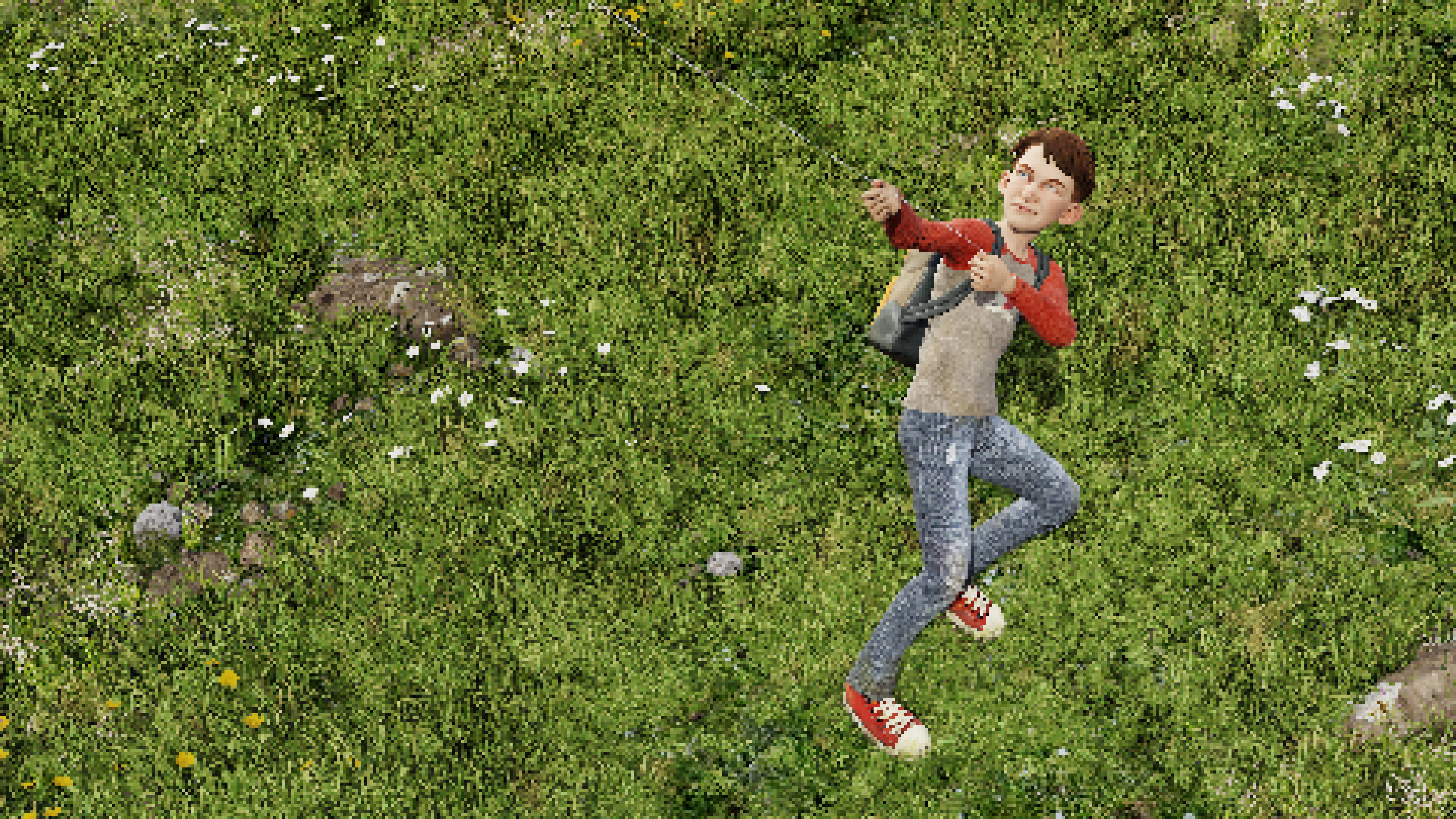
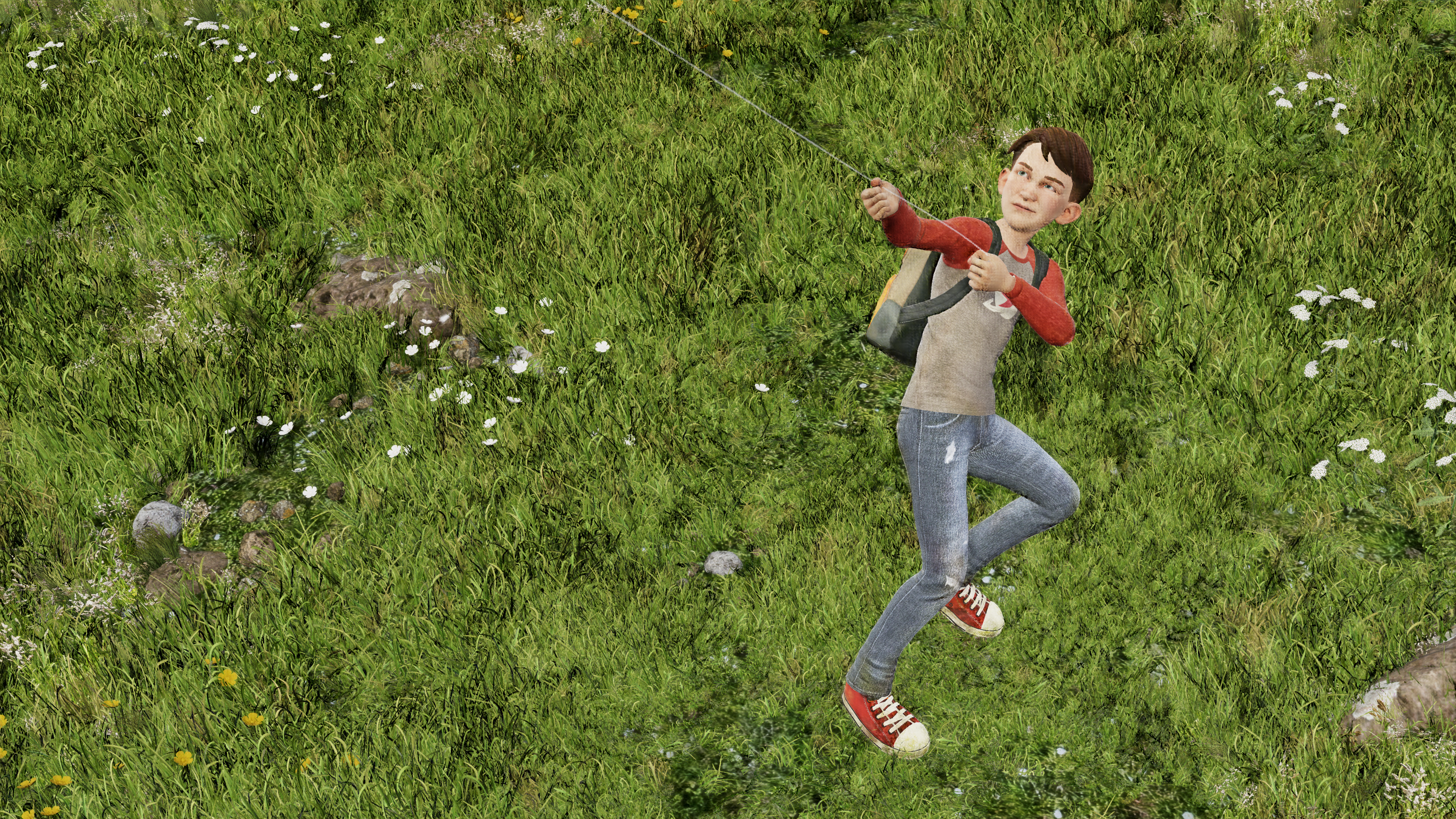
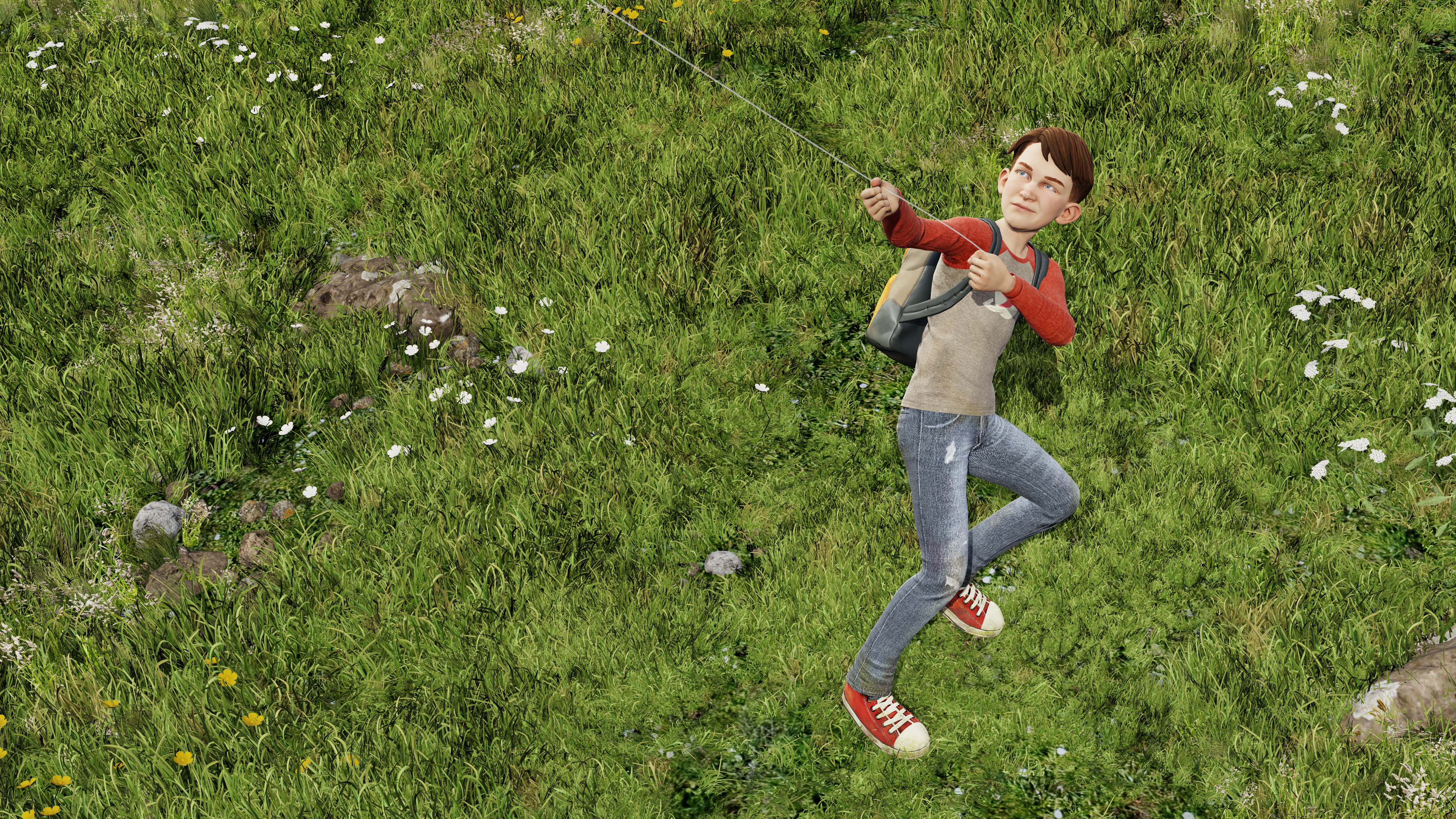
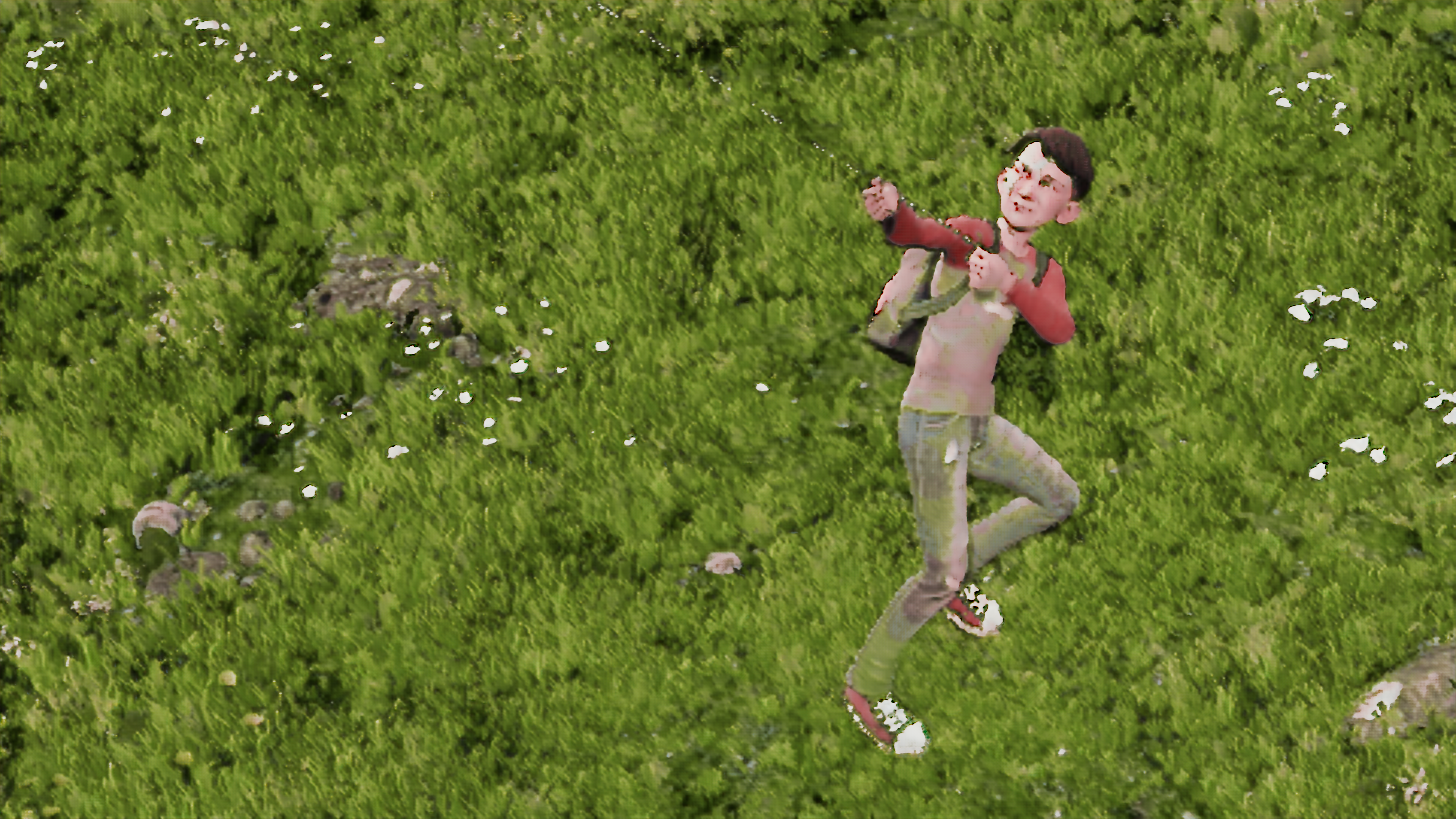




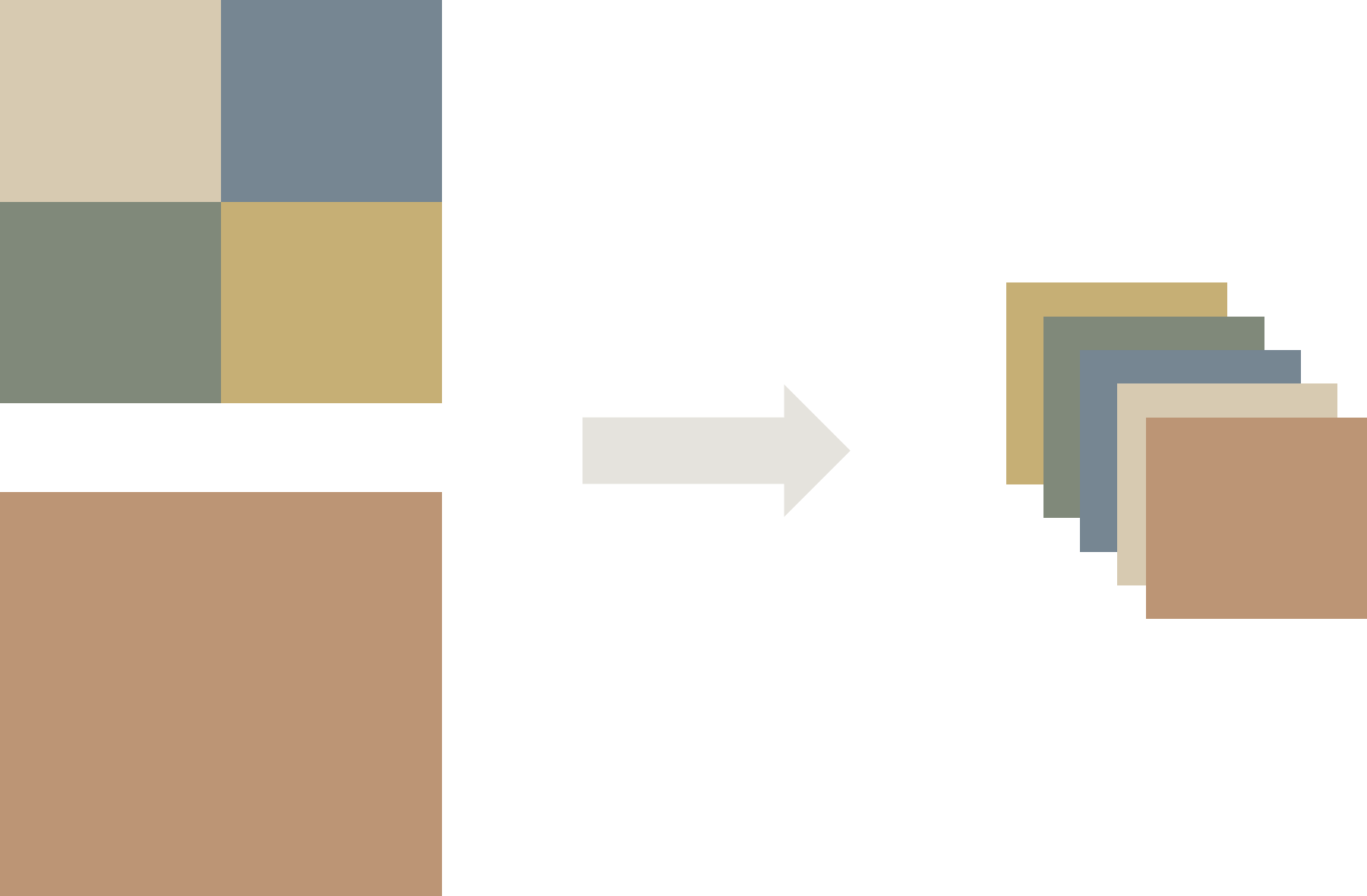
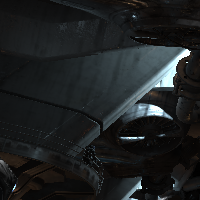
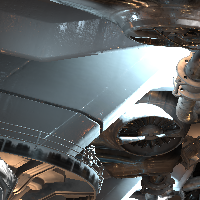


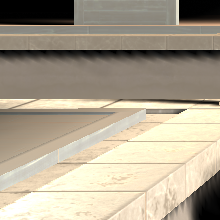
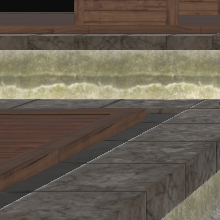

| Ours | Ours ⚡ | NSRR | MNSS | FSR | XeSS | Ours-8x | NSRR-8x | MNSS-8x | ||
|---|---|---|---|---|---|---|---|---|---|---|
PSNR (dB) |
Kite | 32.33 | 31.22 | 27.74 | 28.00 | 29.12 | 28.30 | 30.21 | 25.00 | 25.72 |
| Showdown | 36.32 | 31.42 | 30.27 | 29.17 | 26.29 | 29.31 | 33.61 | 29.17 | 25.62 | |
| Slay | 37.02 | 34.41 | 35.42 | 35.39 | 32.39 | 34.94 | 34.26 | 32.12 | 33.47 | |
| City | 28.94 | 28.66 | 27.65 | 28.23 | 26.56 | 27.15 | 27.20 | 25.95 | 26.46 | |
SSIM |
Kite | 0.933 | 0.900 | 0.832 | 0.829 | 0.887 | 0.893 | 0.899 | 0.765 | 0.770 |
| Showdown | 0.976 | 0.949 | 0.945 | 0.914 | 0.866 | 0.917 | 0.955 | 0.914 | 0.813 | |
| Slay | 0.972 | 0.958 | 0.962 | 0.963 | 0.928 | 0.944 | 0.957 | 0.939 | 0.943 | |
| City | 0.921 | 0.901 | 0.899 | 0.896 | 0.836 | 0.888 | 0.916 | 0.873 | 0.873 |
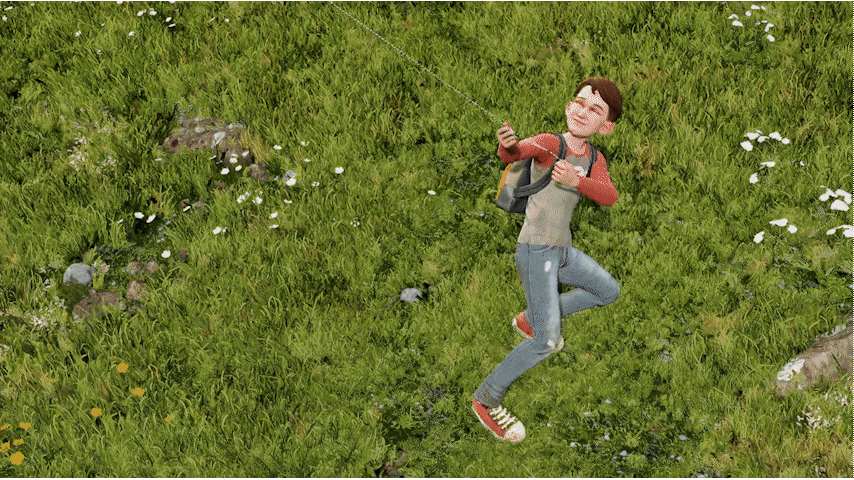
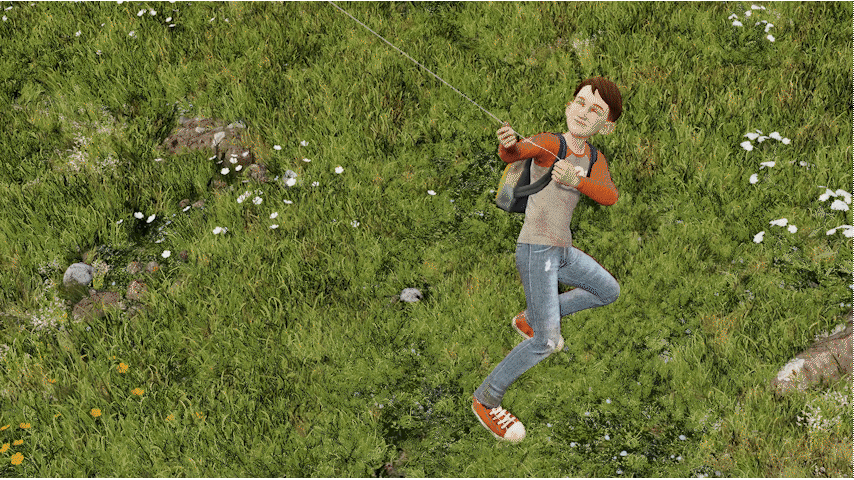
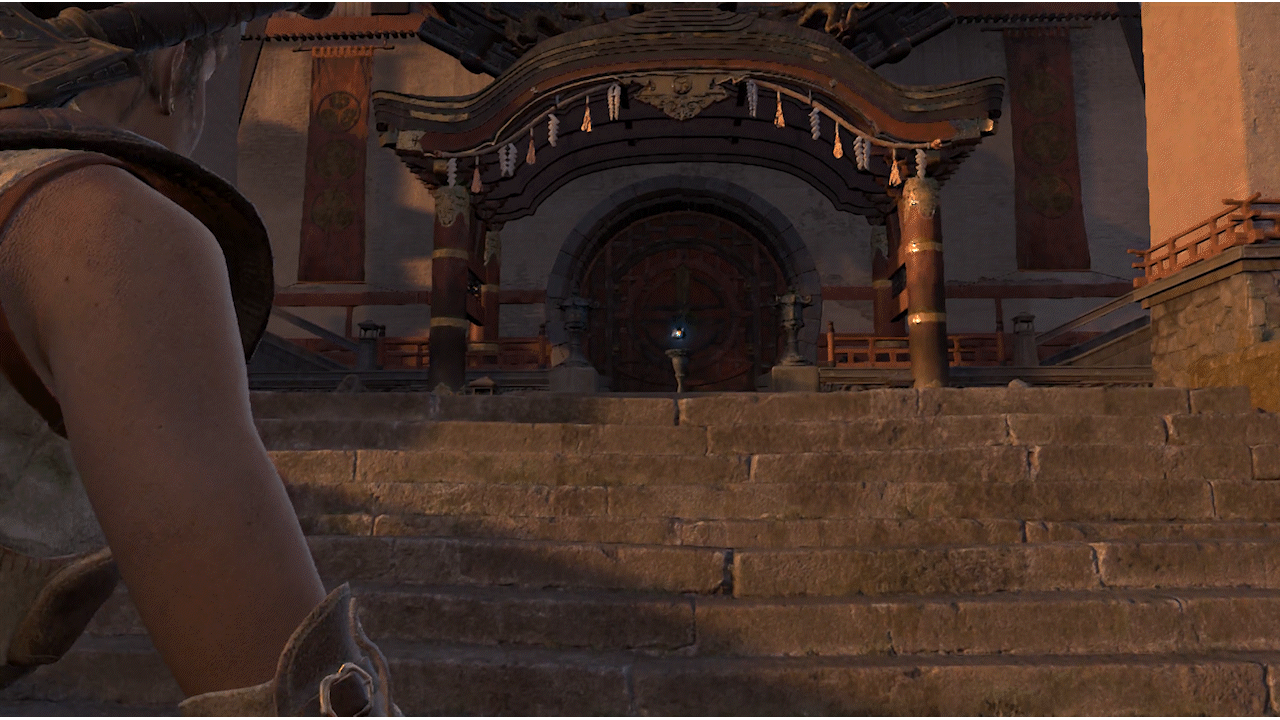
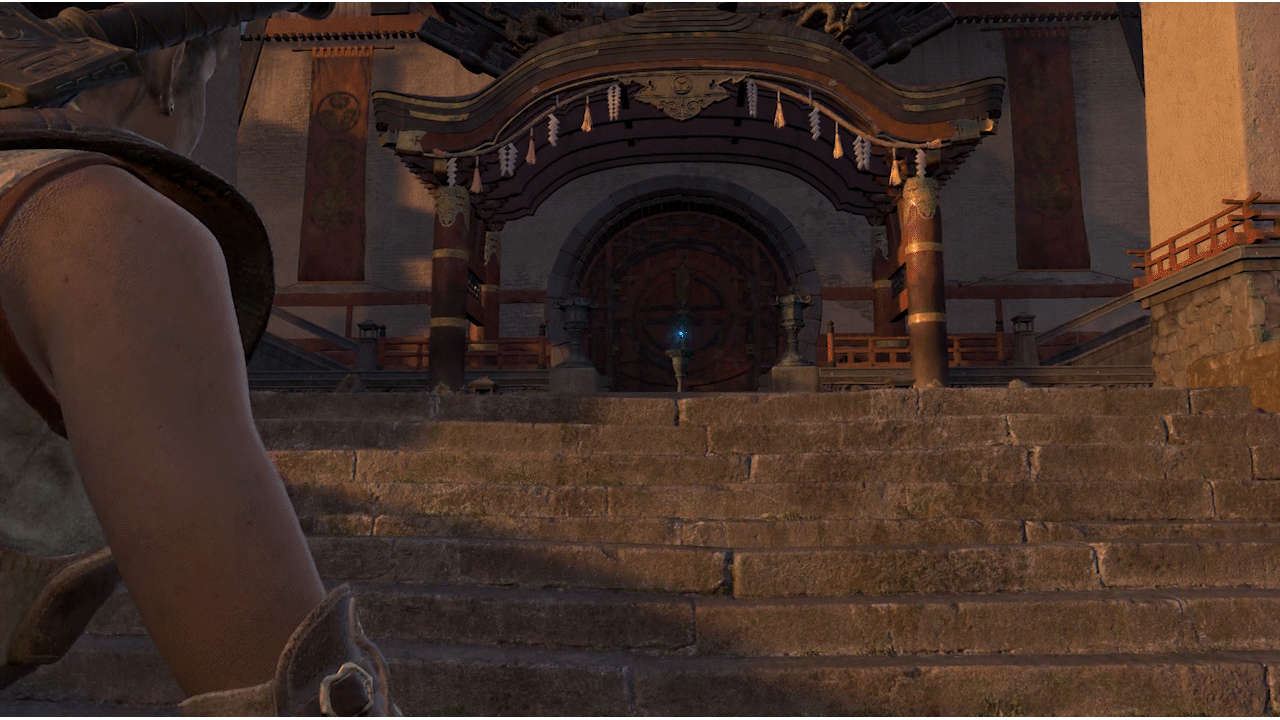
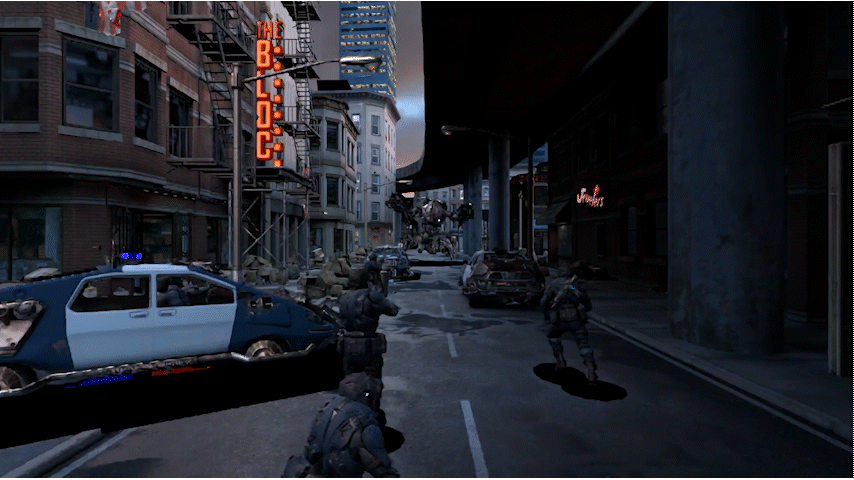
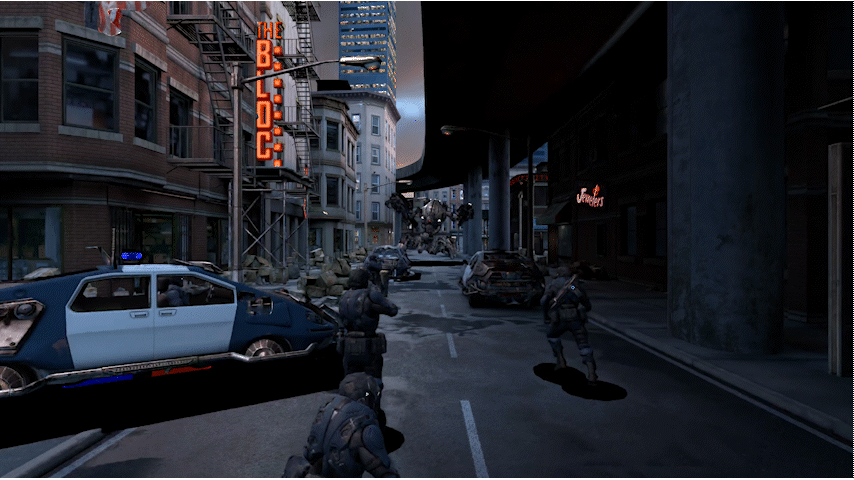
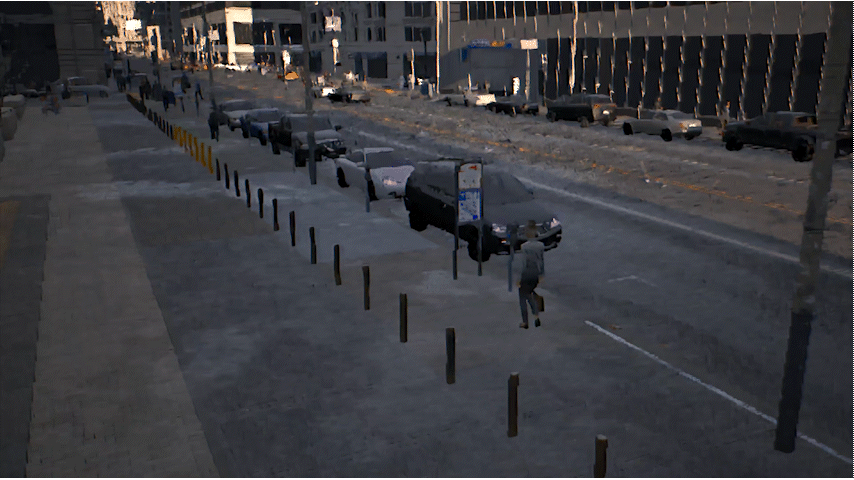
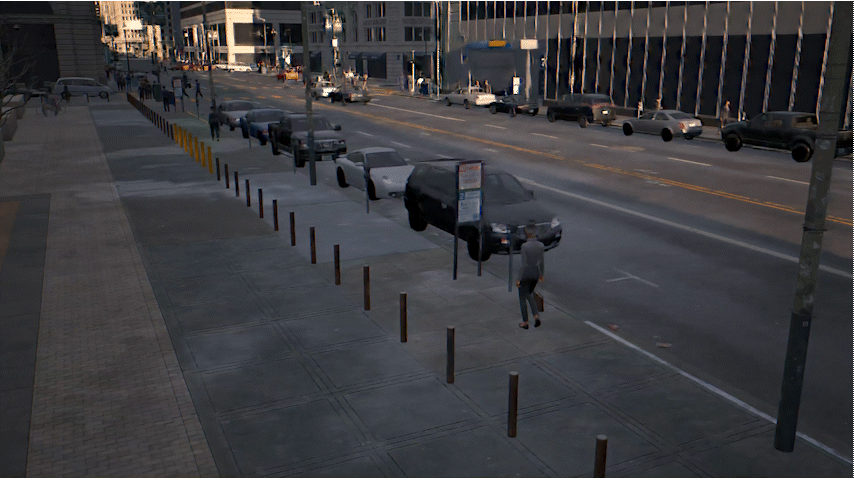
@inproceedings{zhong2023fusesr,
title={FuseSR: Super Resolution for Real-time Rendering through Efficient Multi-resolution Fusion},
author={Zhong, Zhihua and Zhu, Jingsen and Dai, Yuxin and Zheng, Chuankun and Chen, Guanlin and Huo, Yuchi and Bao, Hujun and Wang, Rui},
booktitle={SIGGRAPH Asia 2023 Conference Papers},
pages={1--10},
year={2023}
}